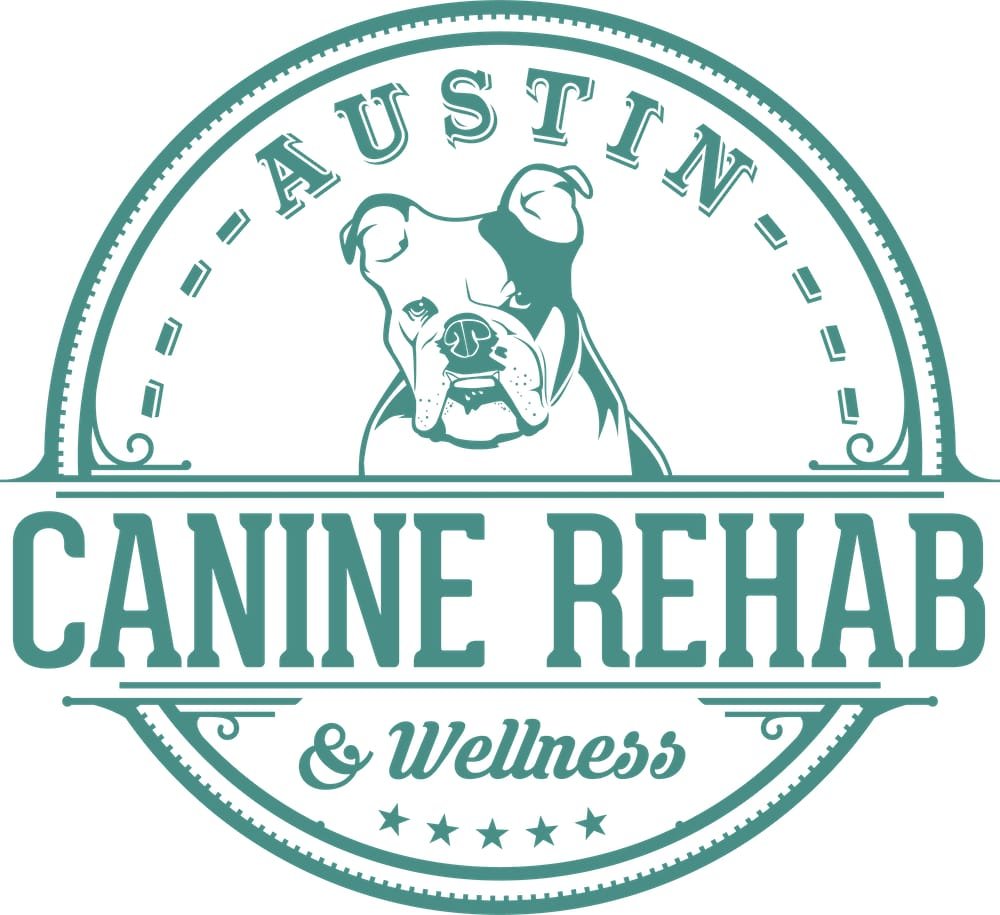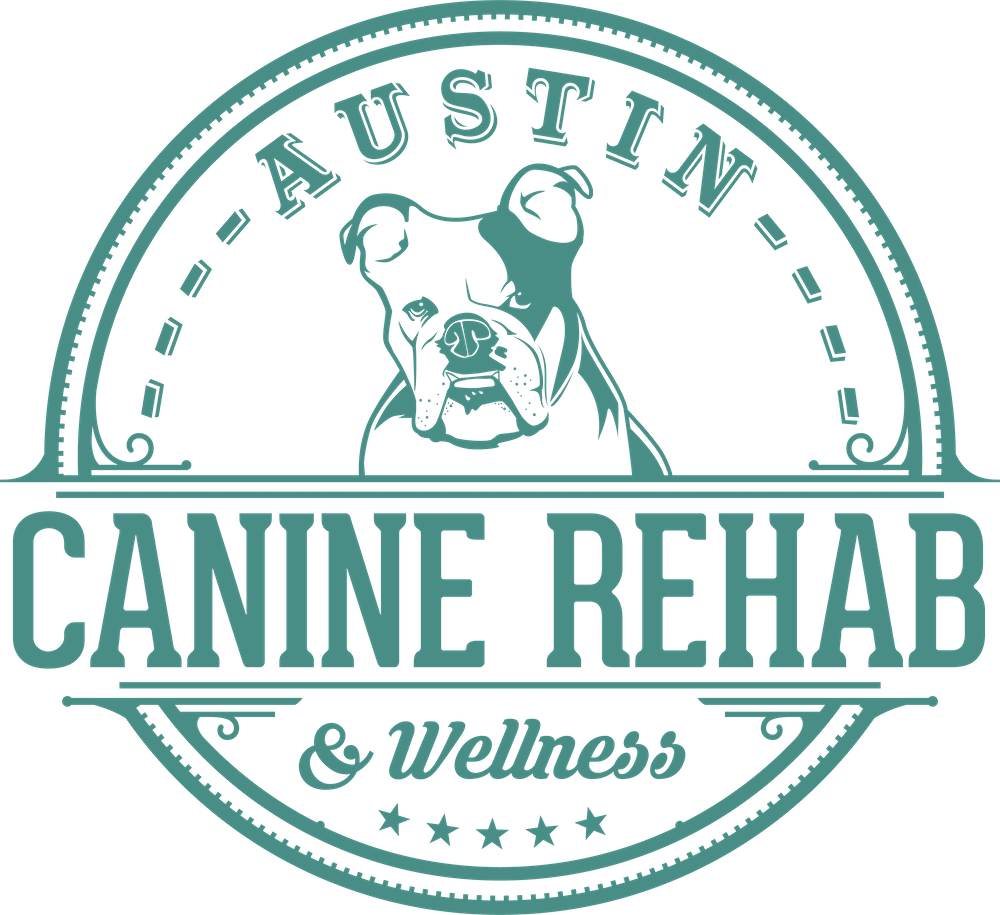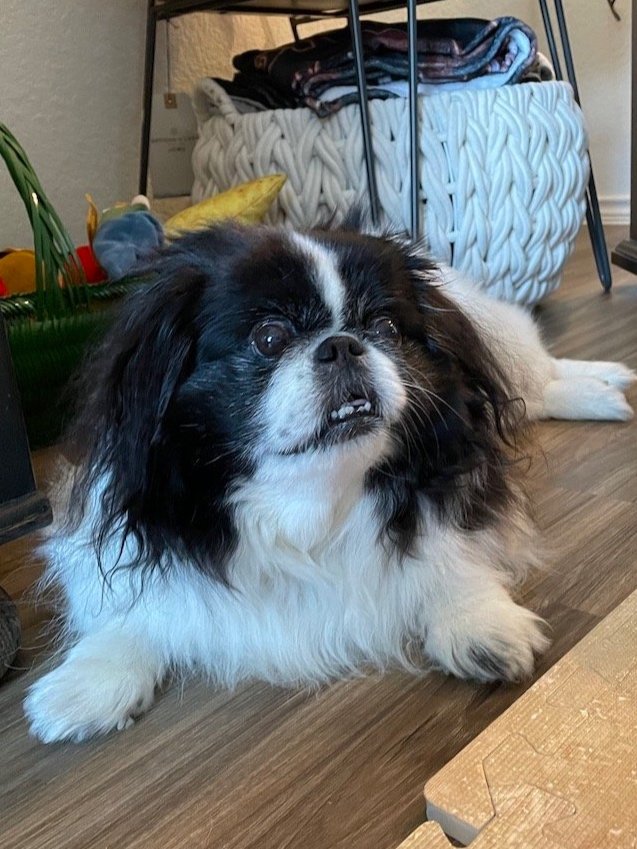
We specialize in helping SENIOR DOGS regain their independence & ability to explore Austin with their humans.
Hip Dysplasia in Dogs
Have you noticed your pup not being able to get up as easily from laying down? Do they seem stiff in the hips or seem to be losing muscle mass? Or maybe they don’t want to participate in activities they once enjoyed doing with you? Canine hip dysplasia may be to blame. But don’t worry, this doesn’t mean your dog has to have a hard time getting around!
Canine hip dysplasia or CHD is defined by the lack of coverage of the femoral head (upper thigh bone) into the socket (part of the pelvis).
This often results in abnormal changes to the soft tissues and musculature of the back legs as they struggle to stabilize the joint without the proper support from the boney structures mentioned above. Over time, the abnormal hip joint movement causes arthritis to develop leading to further issues.

Which Dogs get Hip Dysplasia?
Hip dysplasia is an inherited condition and remains at a very high prevalence in certain dog breeds, especially large breeds although small dogs are certainly not exempt.
Newfoundlands, Rottweilers, German Shepherds, Bulldogs, Saint Bernards, Neapolitan Mastiffs, Pugs and Retrievers are known for a high rate of HD even with concerted efforts to eliminate this orthopedic condition through selective breeding.
Genetics is not the only factor however, with reproductive status, age, weight, conformation and diet all playing a potential role in a dog’s development of hip dysplasia. Research has shown that dogs who are spayed or neutered too early in life are more likely to be affected as well. An increase in age and weight is also associated with the development and diagnosis of hip dysplasia/arthritis.
Signs and Symptoms of Hip Dysplasia
CHD may start out with mild symptoms at a young age that aren’t noticeable until middle age or later. You may start to notice a few of the following symptoms that develop later on in life from hip dysplasia causing osteoarthritis in the hip joint.
change in activity tolerance
reluctance to jump up/down
avoids using the stairs
exhibit a bunny-hopping gait
have underdeveloped back leg musculature
pain and stiffness in the hip
avoids extension in the hip during walking, running, or even seen as avoiding stretching out the back legs

Diagnosing Hip Dysplasia
Dogs often receive the diagnosis of hip dysplasia during two different periods of life.
As a puppy or young dog (4 months to 3-4 years old)
have significant hip joint laxity but no arthritis
As an adult or senior dog (greater than 7 years old)
developed arthritis as a result of having hip dysplasia
The decision to treat surgically or conservatively depends on the individual dog’s severity of hip dysplasia and their age, but in almost every situation a certified Canine Rehabilitation Therapist can make a significant impact in that dog’s quality of life.
A certified Canine Rehabilitation Therapist will look at your dog’s strength, flexibility, how the joints are moving, assess gait and posture, and observe how they are accomplishing their every day functional tasks around the home. After assessing your pup, they use canine massage therapy, manual therapy techniques, and a tailored plan of care to address all our your dog’s issues. This will help to provide the much needed stability to the hip joint, make moving around easier and less painful.
Surgery may be required in some cases to ensure the best outcome for your dog. Two of the more common procedures are the Total Hip Replacement (THR) and the Femoral Head Ostectomy (FHO). Before choosing the surgical route, it is important to know what other options are available to you and your dog that helps you to manage their condition in a less invasive manner. Making sure your dog maintains a healthy weight through an appropriate diet, along with joint supplements are imperative whether or not you choose surgery. Daily exercise, pain medication when necessary, and dog rehabilitation can make all the difference with this common orthopedic condition. As certified canine rehabilitation therapists we can provide you with a multitude of ways to improve your dog’s quality of life through education, massage therapy, manual therapy, home modifications, and exercises specific to your dog and where they are today.





